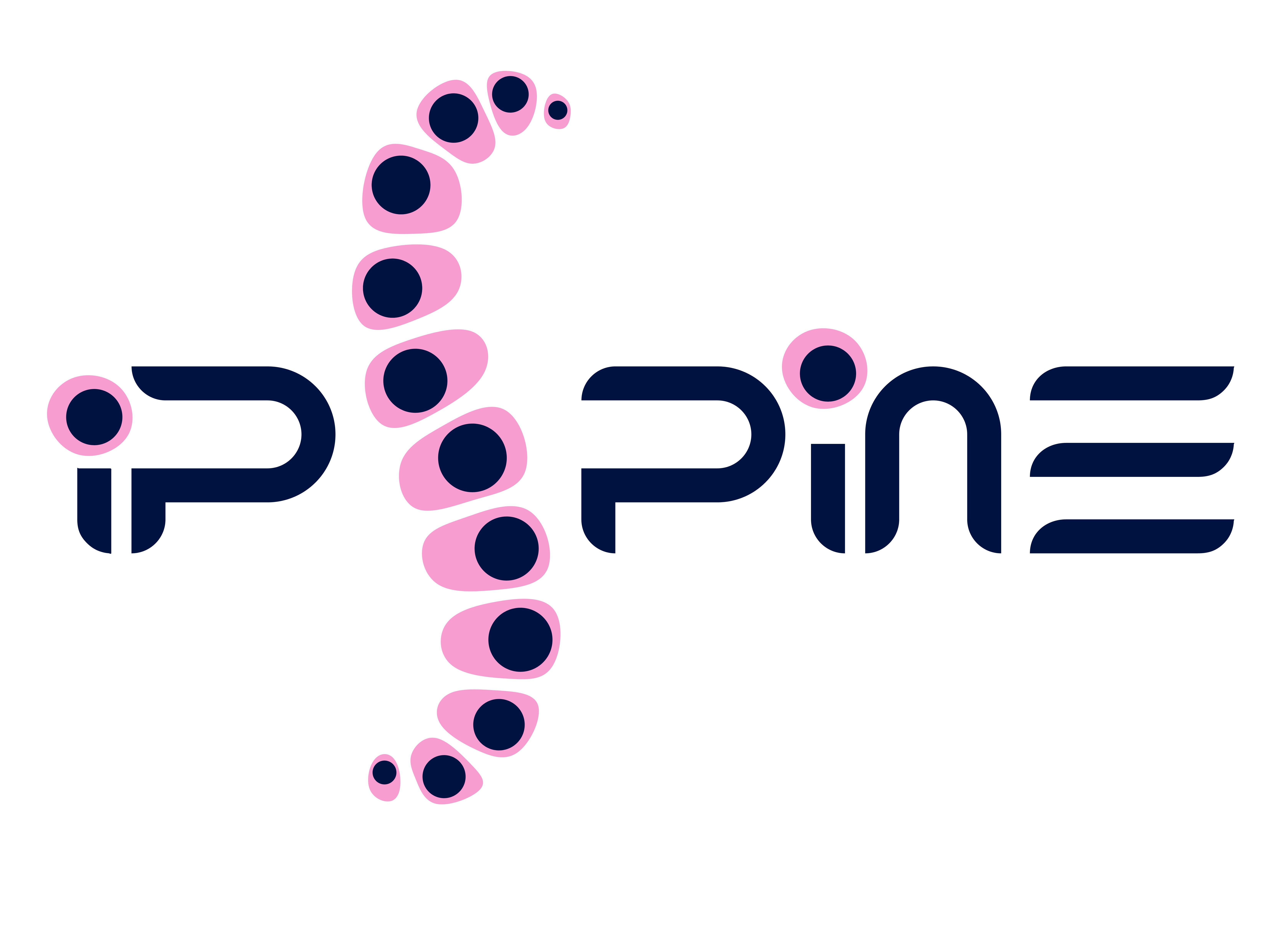Breakthrough Technology for Studying Extracellular Vesicles in Regenerative Medicine
Stem cells play a pivotal role in regenerative medicine because of their unique ability to transform into many different cell types within the body. This allows them to repair and replace damaged or diseased tissues and organs, and offers the potential for groundbreaking treatments and therapies. However, safety concerns and complicated regulatory pathways limit their use in the clinic.
As an alternative, researchers are now exploring extracellular vesicles (EVs) and their potential to treat a variety of medical conditions. EVs are secreted by all the body’s cells, including stem cells, and have gained attention for their potential to influence the behaviour of cells within the body. These tiny vesicles play a crucial role in cell communication and can influence cell behaviour, such as growth and differentiation. What makes them particularly appealing in regenerative medicine is that they share similarities with stem cells but don’t possess tumorigenic potential, meaning they don’t have the risk of uncontrolled cell growth and division that commonly leads to cancer.
Cells are usually studied by researchers using traditional methods such as Western blotting but since EVs are so small, very large amounts of them are required for analysis, making these usual methods difficult to use. In this paper by Josette C. van Maanen and colleagues, they discuss a cutting-edge technology called DigiWest, which offers a powerful new tool for studying EVs and has the potential to change the way EVs are analysed.
Introducing DigiWest
DigiWest combines Western blotting with tiny bead-based arrays which enables the identification of multiple EV markers all at once. This removes the need to have large quantities of them to be analysed. DigiWest is unique for its remarkable sensitivity and the ability to work with smaller samples compared to traditional Western blotting, making it highly efficient and cost-effective.
Josette C. van Maanen and her colleagues have shown the effectiveness of DigiWest for EV characterization specifically, by using a range of samples from various sources and species. Their research includes EVs from pig and dog notochordal cells (important for intervertebral disk regeneration), and EVs isolated from human milk, and mesenchymal stem cells. The technology accurately identifies multiple EV markers, providing valuable insights into EV characteristics that may hold the key to future treatment options for regenerative medicine.
A Look to the Future:
DigiWest’s success in this study opens up new possibilities for EV research in regenerative medicine. This technology promises to expedite the process of understanding and harnessing the potential of EVs for medical treatments. As more researchers adopt DigiWest, we can expect further advancements in regenerative medicine and potentially life-changing therapies that harness the power of these tiny but remarkable extracellular vesicles.
A Combined Western and Bead-Based Multiplex Platform to Characterize Extracellular Vesicles
Authors: Josette C. van Maanen, Frances C. Bach, Theresa S. Braun, Alberta Giovanazzi, Bas W. M. van Balkom, Markus Templin, Marca H. M. Wauben , Marianna A. Tryfonidou
First published: 29th November 2023
Abstract: In regenerative medicine, extracellular vesicles (EVs) are considered as a promising cell-free approach. EVs are lipid bilayer-enclosed vesicles secreted by cells and are key players in intercellular communication. EV-based therapeutic approaches have unique advantages over the use of cell-based therapies, such as a high biological, but low immunogenic and tumorigenic potential. To analyze the purity and biochemical composition of EV preparations, the International Society for Extracellular Vesicles (ISEV) has prepared guidelines recommending the analysis of multiple (EV) markers, as well as proteins coisolated/recovered with EVs. Traditional methods for EV characterization, such as Western blotting, require a relatively high EV sample/protein input for the analysis of one protein. We here evaluate a combined Western and bead-based multiplex platform, called DigiWest, for its ability to detect simultaneously multiple EV markers in an EV-containing sample with inherent low protein input. DigiWest analysis was performed on EVs from various sources and species, including mesenchymal stromal cells, notochordal cells, and milk, from human, pig, and dog. The study established a panel of nine antibodies that can be used as cross-species for the detection of general EV markers and coisolates in accordance with the ISEV guidelines. This optimized panel facilitates the parallel evaluation of EV-containing samples, allowing for a comprehensive characterization and assessment of their purity. The total protein input for marker analysis with DigiWest was 1 μg for all nine antibodies, compared with ∼10 μg protein input required for traditional Western blotting for one antibody. These findings demonstrate the potential of the DigiWest technique for characterizing various types of EVs in the regenerative medicine field.
Funding information: This project has received funding from the European Union’s Horizon 2020 research and innovation program under grant agreement No. 825925 and the Dutch Arthritis Society (LLP22). The research of A.G. was supported by the European Union’s Horizon 2020 research and innovation program under the Marie Skłodowska-Curie grant agreement No. 722148.
Read the full article here: article

